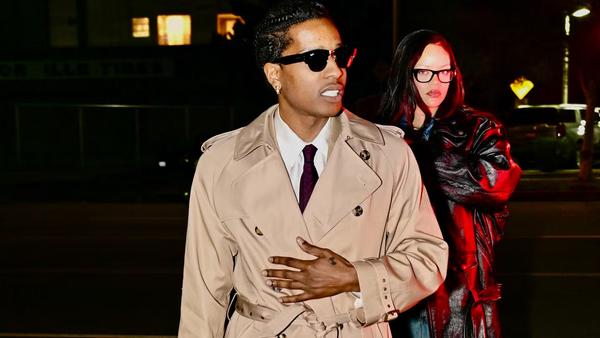7,000 Drafts Later, Yeat Releases ‘LYFESTYLE’
Yeat reviewed “technically 7,000” beats for the LP, sending several thousand back for rework.

Portland Rapper Yeat has released his fifth studio album, LYFESTYLE, building on his distinctive sound and artistic evolution. Known for his rage-infused style and innovative production techniques, Yeat’s latest project offers a mix of high-energy beats and introspective themes. The album follows the release of 2093 earlier this year — A longer, more experimental project. With LYFESTYLE, Yeat returns to a more focused sound, balancing familiar elements of hypertrap with explorations into pop rap and experimental hip-hop.
According to Fader, Yeat reviewed “technically 7,000” beats for the LP, sending several thousand back for rework by executive producer Synthetic’s 20-strong collective, Hologram.
The album spans 22 tracks and features a variety of collaborators, including Lil Durk, Don Toliver, Kodak Black, and Summrs. Lil Durk’s narrative-driven style complements Yeat’s rage beats on the title track, while Don Toliver adds melodic depth to “NEW HIGH.” These collaborations reflect Yeat’s growing versatility and ability to blend genres fluidly, while returning to his “normal rap sh**” sound.
Musically, LYFESTYLE incorporates synths, trap drums, and Yeat’s signature autotuned vocals. Tracks like “GEEK TIME”, while a deliberate return to the sound of his past work, deliver high-energy experiences that explore new sounds, which we were happy to be greeted with at the top of the album. “GONE 4 A MIN” experiment with new sonic directions, invoking influences reminiscent of Kanye West’s 808s & Heartbreak. The lyrical themes revolve around ambition, personal growth, and success, adding a layer of introspection to the energetic production.
In comparison to 2093, which featured an expansive 28-track lineup, LYFESTYLE presents a tighter structure, allowing Yeat to explore specific themes more deeply. The album’s reception so far has been positive, with fans appreciating the return to his signature hypertrap sound and the new collaborative elements. However, some critiques have noted occasional lyrical repetitiveness, a common feature in rage-driven music styles.
Yeat’s ability to maintain momentum with frequent releases, coupled with his experimental edge, has solidified his place in the rap scene. As the album gains traction across streaming platforms, it will be interesting to see how it performs commercially and whether it further cements Yeat’s influence in the genre. We will be listening closely to the maturing of his sound as he makes his mark on the industry.





